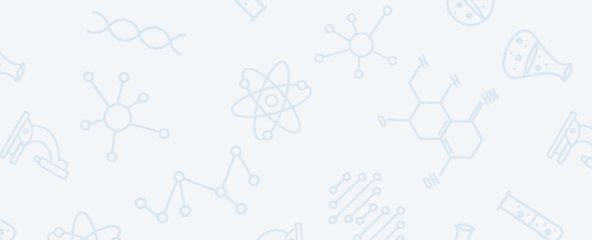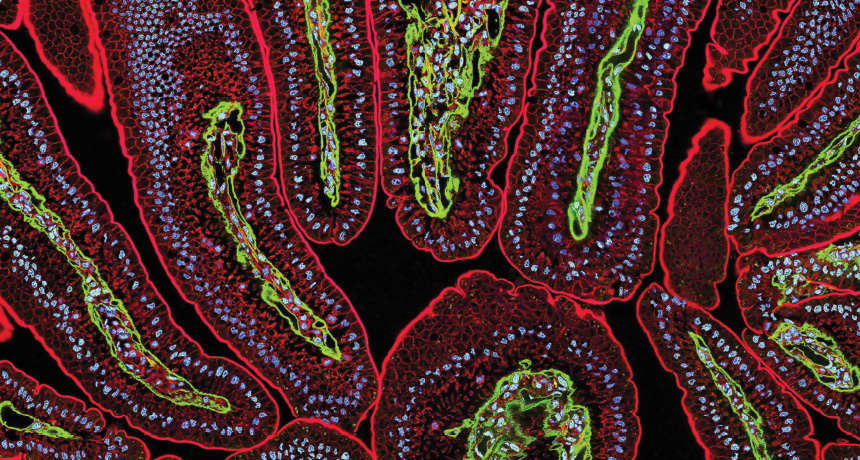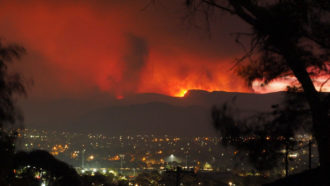
Maria Temming
Assistant Managing Editor, Science News Explores
Maria Temming is the Assistant Managing Editor at Science News Explores. Maria has undergraduate degrees in physics and English from Elon University and a master's degree in science writing from MIT. She has written for Scientific American, Sky & Telescope and NOVA Next. She’s also a former staff writer at Science News.

All Stories by Maria Temming
-
 Chemistry
ChemistryScientists Say: Rocket propellants
Rockets need more than fuel to get where they need to go — they also need oxidizers to burn that fuel. Together, these chemical combos are known as rocket propellants.
-
 Archaeology
ArchaeologyLet’s learn about ancient pyramids
You may have heard of pyramids built in ancient Egypt — but what about ones built elsewhere in Africa, Europe and the Americas?
-
 Materials Science
Materials ScienceScientists Say: Quantum dot
Quantum dots are nanosized specks whose properties are governed by the strange rules of quantum physics.
-
 Physics
PhysicsLet’s learn about entanglement
Entanglement is a special connection between particles that syncs up their properties — even when the particles are far apart.
-
 Tech
TechThis young engineer built an affordable electronic braille reader
Thermo Fisher JIC finalist Yash Mehta got inspired to make a better braille device after visiting a school for blind students in Old Delhi, India.
-
 Science & Society
Science & SocietyScientists Say: Dialect
Different dialects of the same language have distinct words, pronunciations and sentence structures.
-
 Animals
AnimalsLet’s learn about animal cannibals
The animal kingdom is full of creatures that eat their parents, their babies, their siblings or their mates.
-
 Science & Society
Science & SocietyLet’s learn about the Nobel Prize
Nobel Prizes are the highest honors in science. But the prizes are far from perfect measures of scientific impact.
-
 Space
SpaceScientists Say: Campfire
These miniature solar flares could help solve a big mystery about our sun.
-
 Animals
AnimalsChimps and bonobos recognize familiar faces even after decades apart
Chimpanzees and bonobos may boast the longest social memory of any animal besides humans.
-
 Climate
ClimateLet’s learn about how much climate change is to blame for extreme weather
Scientists can find out whether a natural disaster was more frequent or severe due to human-caused climate change. Here’s how.
-
 Space
SpaceScientists Say: Kugelblitz
A black hole made of pure light —or kugelblitz — may be possible, at least in theory. But in practice: impossible.